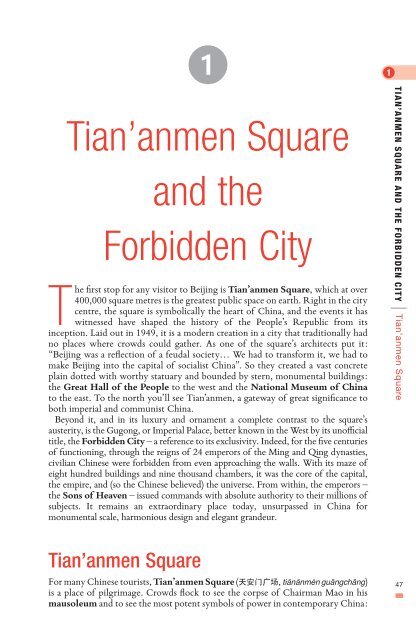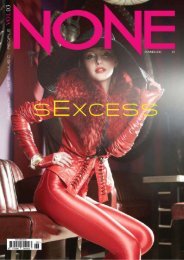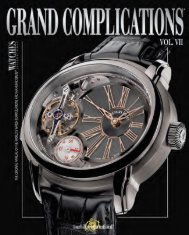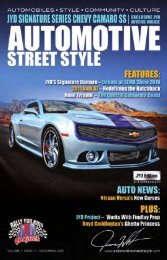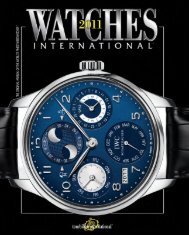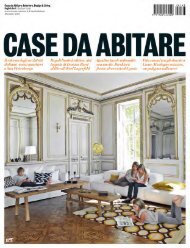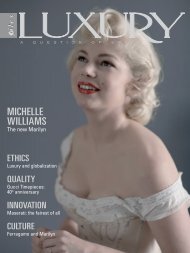THE ROUGH GUIDE to - Parallels Plesk Panel
THE ROUGH GUIDE to - Parallels Plesk Panel
THE ROUGH GUIDE to - Parallels Plesk Panel
Create successful ePaper yourself
Turn your PDF publications into a flip-book with our unique Google optimized e-Paper software.
1<br />
Tian’anmen Square<br />
and the<br />
Forbidden City<br />
The first s<strong>to</strong>p for any visi<strong>to</strong>r <strong>to</strong> Beijing is Tian’anmen Square, which at over<br />
400,000 square metres is the greatest public space on earth. Right in the city<br />
centre, the square is symbolically the heart of China, and the events it has<br />
witnessed have shaped the his<strong>to</strong>ry of the People’s Republic from its<br />
inception. Laid out in 1949, it is a modern creation in a city that traditionally had<br />
no places where crowds could gather. As one of the square’s architects put it:<br />
“Beijing was a reflection of a feudal society… We had <strong>to</strong> transform it, we had <strong>to</strong><br />
make Beijing in<strong>to</strong> the capital of socialist China”. So they created a vast concrete<br />
plain dotted with worthy statuary and bounded by stern, monumental buildings:<br />
the Great Hall of the People <strong>to</strong> the west and the National Museum of China<br />
<strong>to</strong> the east. To the north you’ll see Tian’anmen, a gateway of great significance <strong>to</strong><br />
both imperial and communist China.<br />
Beyond it, and in its luxury and ornament a complete contrast <strong>to</strong> the square’s<br />
austerity, is the Gugong, or Imperial Palace, better known in the West by its unofficial<br />
title, the Forbidden City – a reference <strong>to</strong> its exclusivity. Indeed, for the five centuries<br />
of functioning, through the reigns of 24 emperors of the Ming and Qing dynasties,<br />
civilian Chinese were forbidden from even approaching the walls. With its maze of<br />
eight hundred buildings and nine thousand chambers, it was the core of the capital,<br />
the empire, and (so the Chinese believed) the universe. From within, the emperors –<br />
the Sons of Heaven – issued commands with absolute authority <strong>to</strong> their millions of<br />
subjects. It remains an extraordinary place <strong>to</strong>day, unsurpassed in China for<br />
monumental scale, harmonious design and elegant grandeur.<br />
Tian’anmen Square<br />
For many Chinese <strong>to</strong>urists, Tian’anmen Square (, )<br />
is a place of pilgrimage. Crowds flock <strong>to</strong> see the corpse of Chairman Mao in his<br />
mausoleum and <strong>to</strong> see the most potent symbols of power in contemporary China:<br />
TIAN’ANMEN SQUARE AND <strong>THE</strong> FORBIDDEN CITY |<br />
Tian’anmen Square<br />
47


